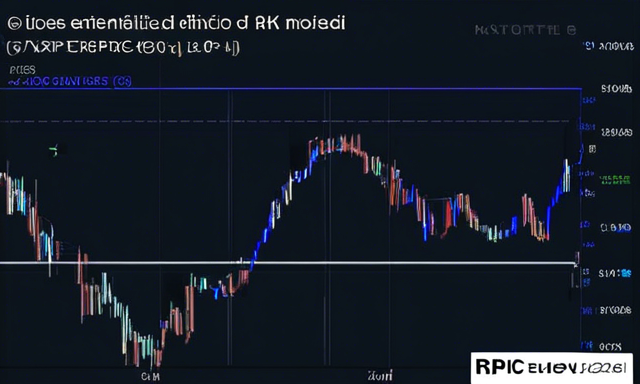Exploring the Lummis Bitcoin Act: A Revolutionary Proposal
United States Senator Cynthia Lummis has put forward a groundbreaking initiative that could change the landscape of cryptocurrency investment in the country. The proposed “Bitcoin Act of 2024” aims to create a federal stockpile of 1 million Bitcoin, marking a significant departure from traditional investment strategies. This bold move could have far-reaching implications for the cryptocurrency market and the broader financial sector.
The Lummis Bitcoin Act: Key Details of the Proposed Legislation
The proposed legislation introduces a “Bitcoin Purchase Program” designed to establish a federal reserve of Bitcoin. Here are some key details of the proposed plan:
- Creation of a federal stockpile of 1 million Bitcoin
- Authorization to acquire up to 200,000 BTC annually for five years
- Utilization of gold reserves to fund Bitcoin purchases
Funding the Vision: Gold Revaluation and Reserve Surplus
The success of the Bitcoin Purchase Program hinges on a unique funding mechanism that involves reevaluating the U.S. government’s gold reserves. Here’s how the process would work:
- Federal Reserve banks return existing gold certificates to the U.S. Treasury
- Issuance of new gold certificates reflecting current market value
- Fed banks remit cash value difference to Treasury Secretary
Challenges and Skepticism Surrounding the Proposal
While the plan to fund Bitcoin acquisitions through gold revaluation appears promising, there are some challenges and skepticism from the cryptocurrency community. Some concerns include:
- Uncertainty about the actual existence of claimed gold reserves
- Questions about the feasibility of revaluing gold to fund Bitcoin purchases
- Calls for transparency and audits to verify gold holdings
Hot Take: Embracing Innovation in Cryptocurrency Investment
The introduction of the Lummis Bitcoin Act represents a bold step towards embracing innovation in cryptocurrency investment. By leveraging unconventional funding sources and challenging traditional investment paradigms, this initiative could pave the way for a new era of digital asset acquisition in the United States.
Sources:





 By
By
 By
By


 By
By
 By
By